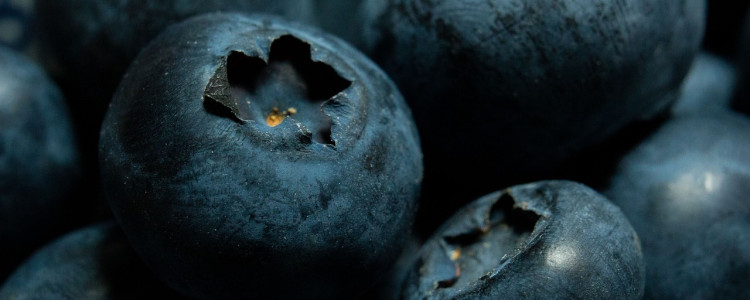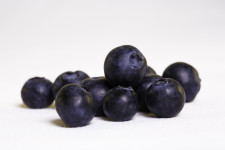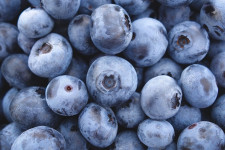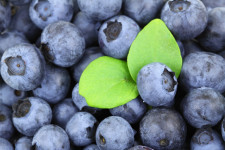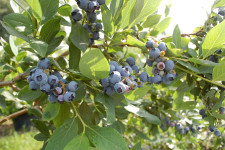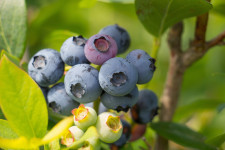Blueberries grew wild throughout Colonial America and were a popular fruit among Native American tribes like the Wampanoag, Abenaki, and Penobscot. These tribes dried the blueberries for winter use and used them for medicinal purposes, including relieving coughs, soothing sore throats, and treating diarrhea.
Colonial settlers learned about blueberries from the Native Americans and incorporated them into their diets. They used blueberries to make pies, jams, and jellies and also ate them fresh or dried. Blueberries were a popular food among travelers because they were portable and could be easily preserved.
Blueberries were also used for dyeing clothes. Native Americans used the juice of crushed blueberries to dye baskets and pottery, while colonists used the berries to dye yarn for weaving. The dye produced a soft, gray-blue color that was popular among early American weavers.
Today, blueberries are still a popular fruit in the United States and are enjoyed fresh, frozen, dried, and in a variety of baked goods and other dishes.
Dr. Sarah Smith is a blueberry expert and author of BlueberryExpert.com. She has been growing and studying blueberries for over 20 years. Her research has focused on the different varieties, growing techniques, and nutritional content of blueberries. She is passionate about helping people to grow their own healthy blueberries and has been a leader in the industry for many years.Dr. Sarah Smith

